The story of Bertone: the Most Controversial Coachbuilder Ever
The beginning of Bertone Bertone was founded in November 1912, when Giovanni Bertone, then aged 28, opened a workshop specialising in the construction and…
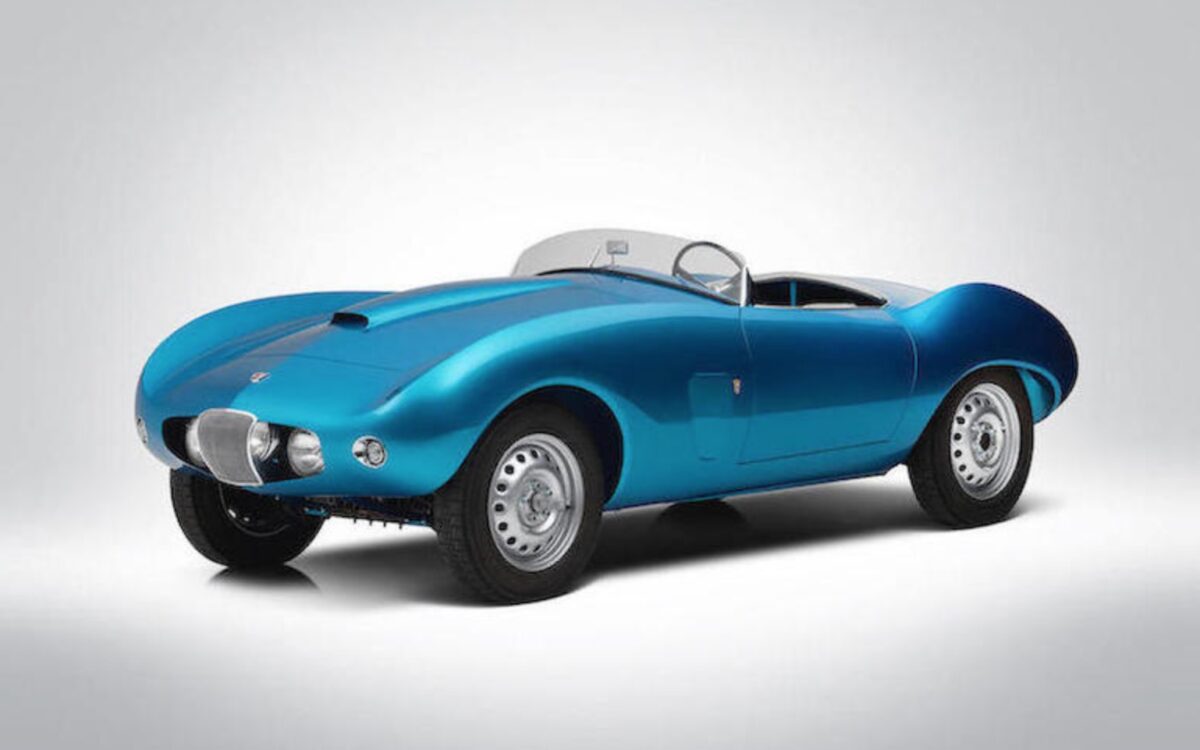
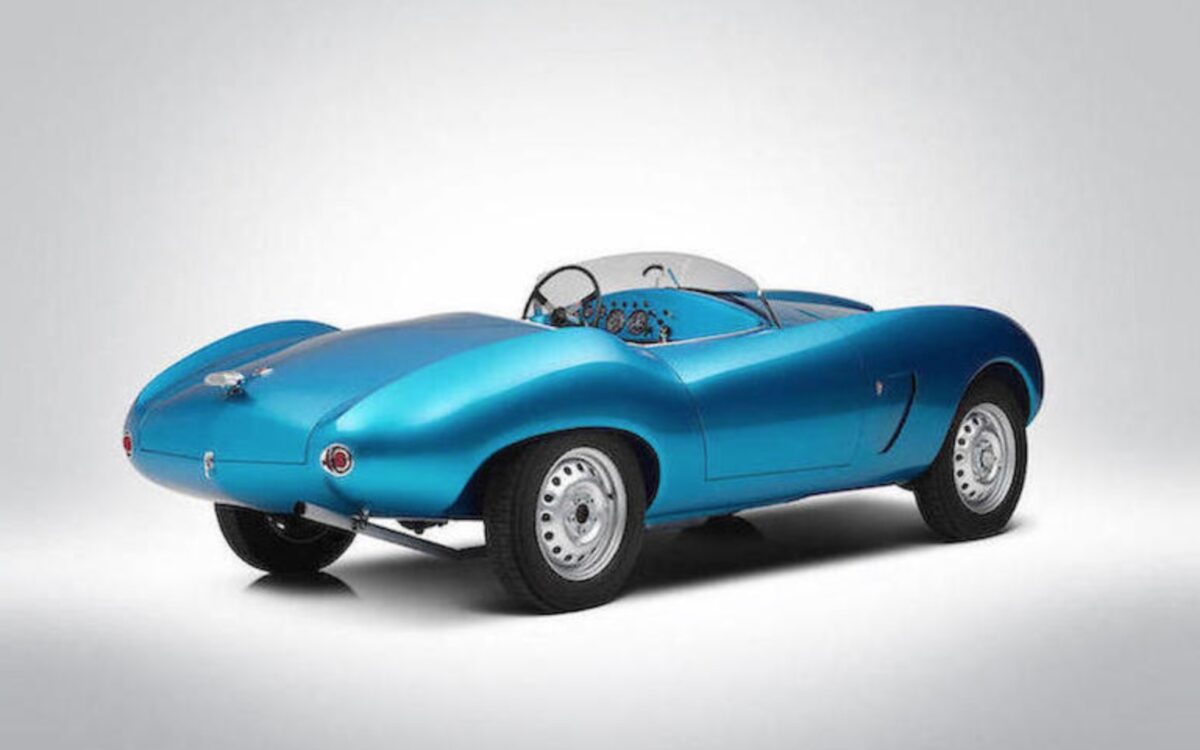
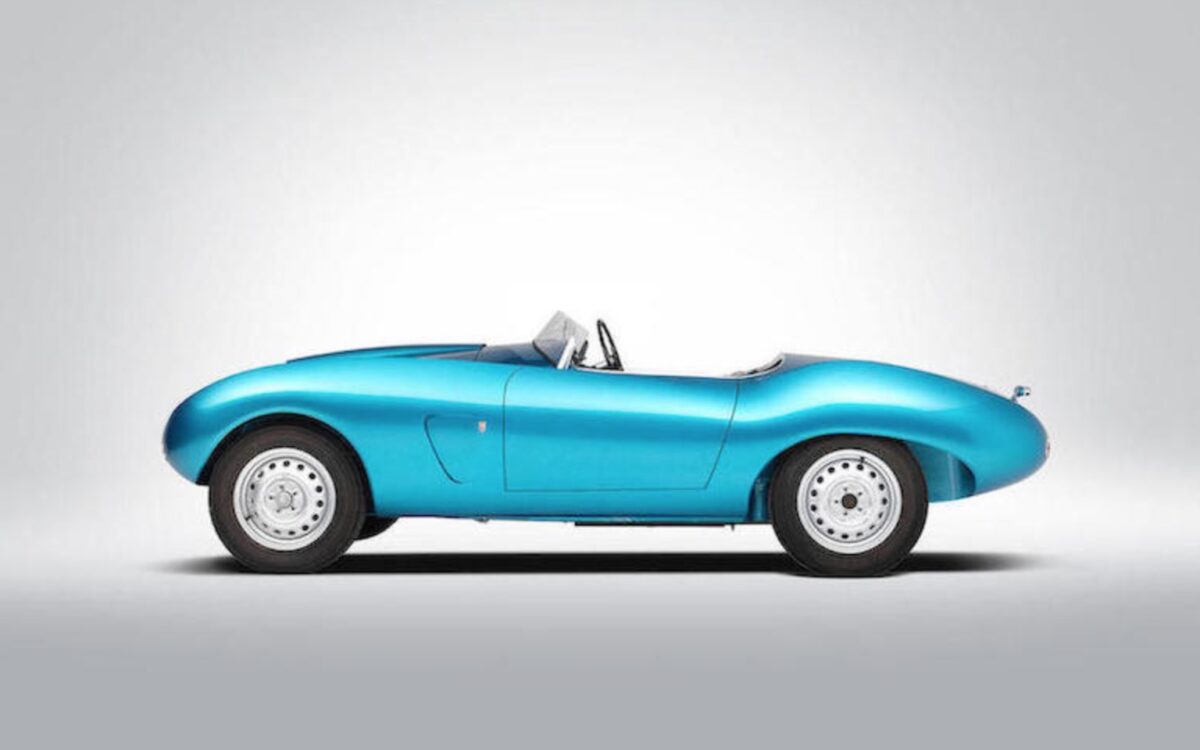
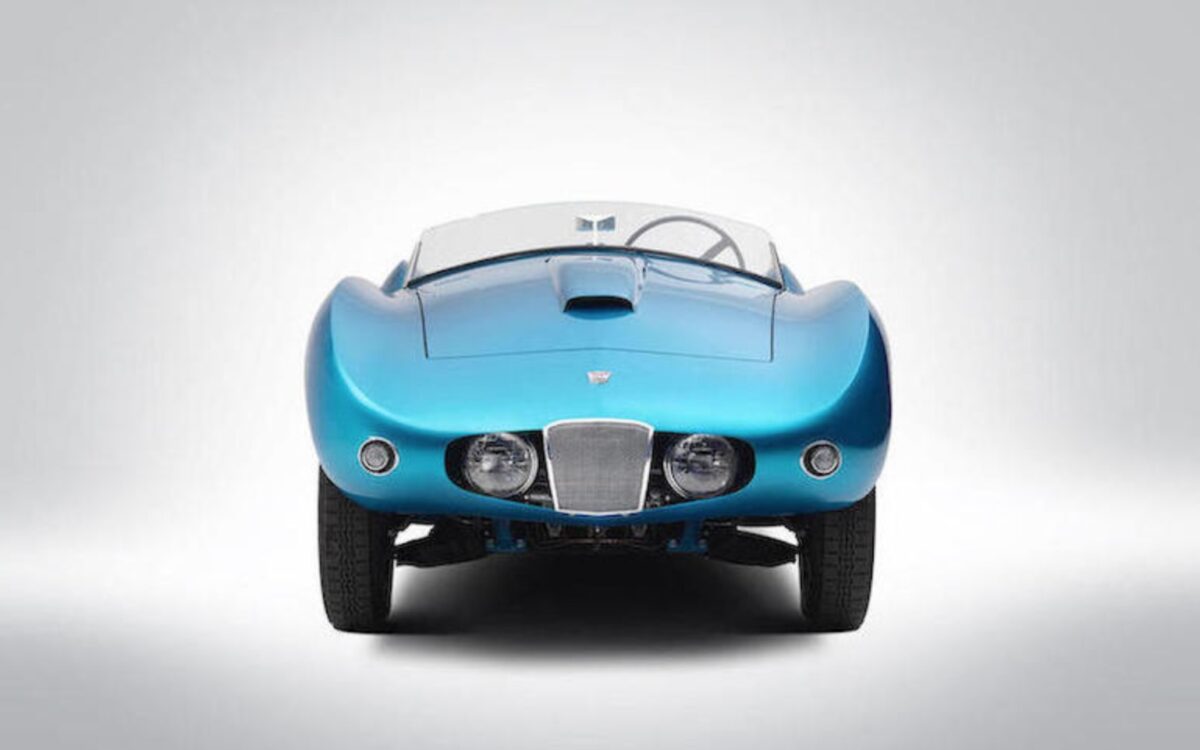
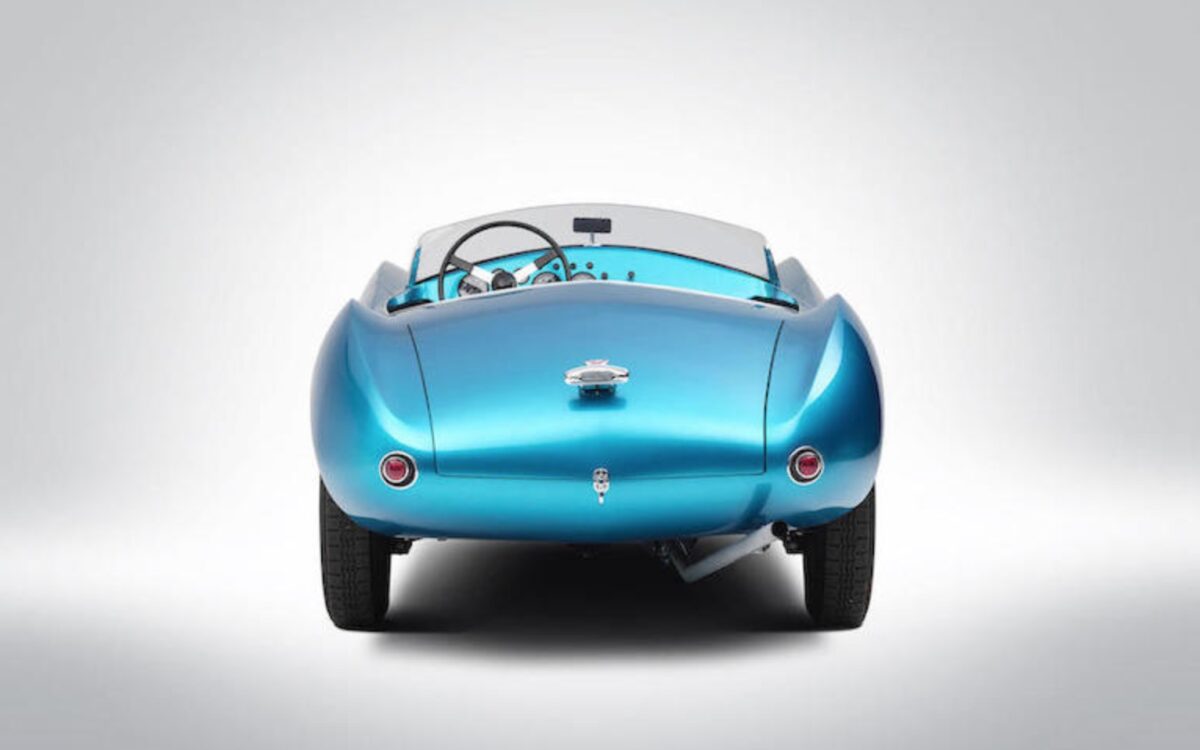
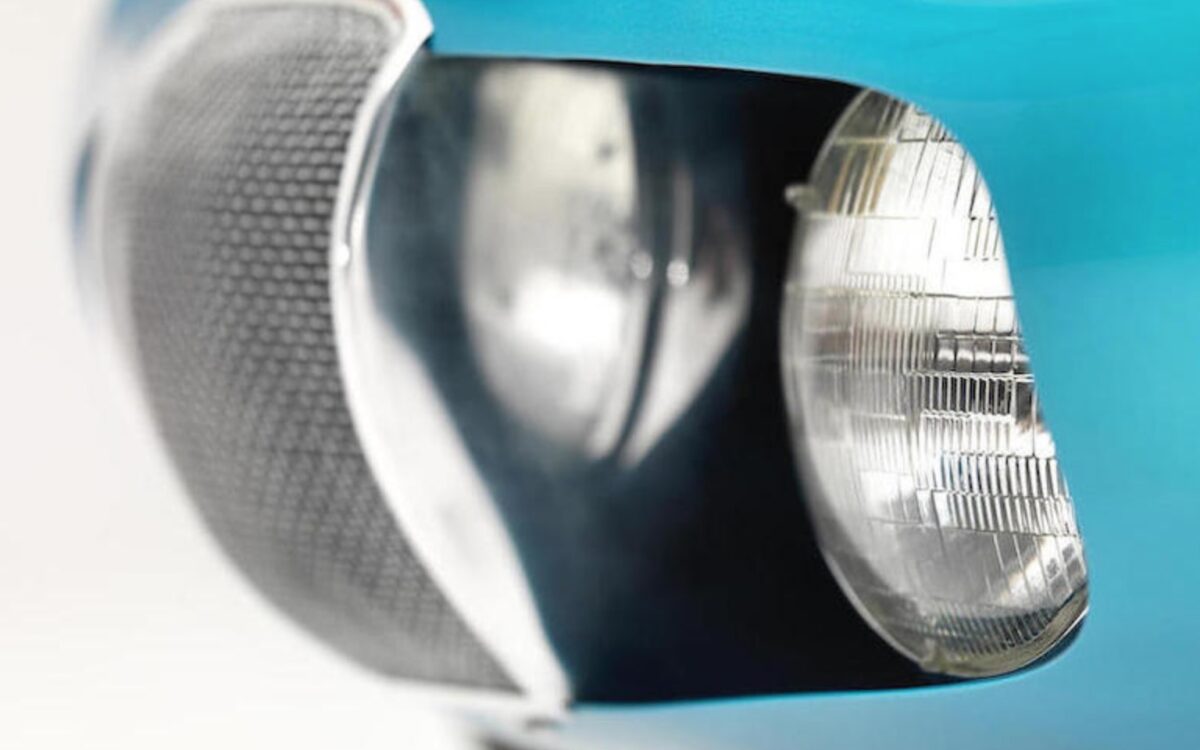
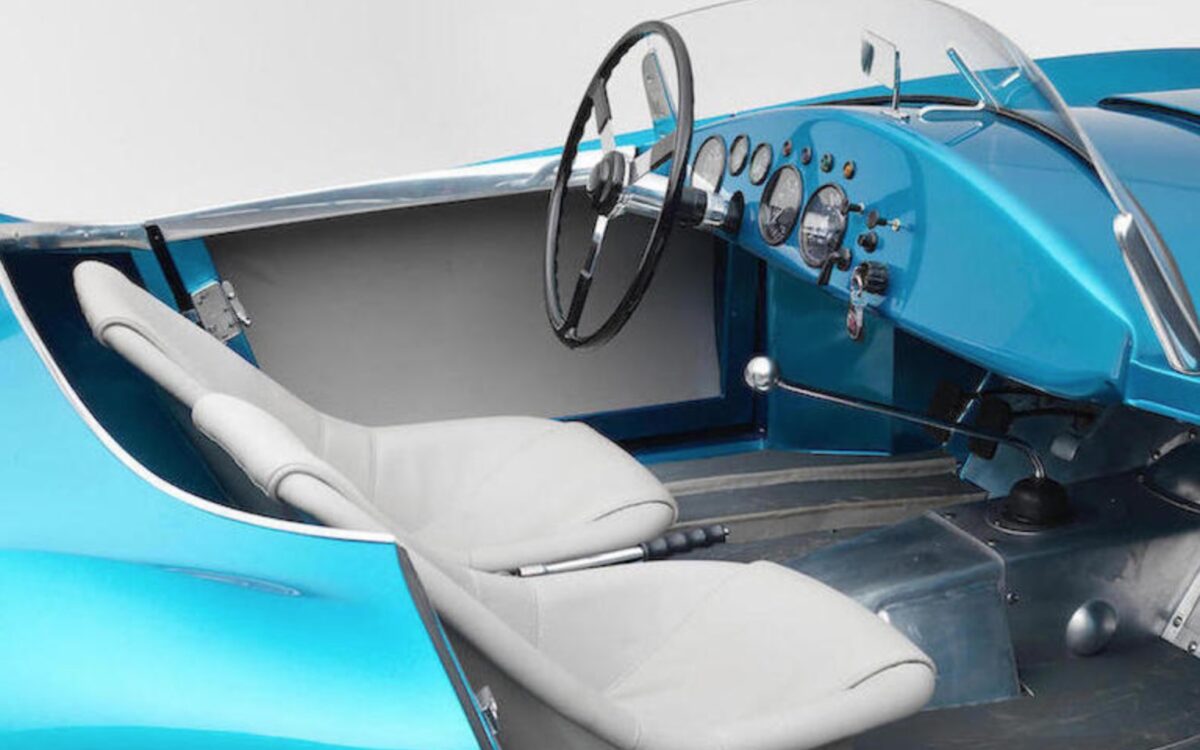







The Arnolt-Bristol 404X Roadster by Bertone.
The Arnolt-Bristol 404X Roadster was produced by the U.S.-based Arnolt company in collaboration with Carrozzeria Bertone on Bristol mechanicals, from 1954 to 1961. It was offered in Competizione, Bolide, Deluxe and Coupé versions. In the immediate postwar period many U.S. importers, operating in the motor industry, created their own brands under which to sell the products distributed by their sales network. After his experiences with the Arnolt MG, Arnolt Aston, and Arnolt Bentley models, “Wacky” Arnolt decided to continue the special car series with a Bristol chassis, again in a joint venture with Bertone. For this type of car, mainly for sports use, the Bristol 404 chassis was chosen, characterized by a narrow wheelbase and equipped with a 2-liter inline hexacylindrical engine, BMW-derived. Nuccio Bertone entrusted the study of the line to Franco Scaglione, the new design manager of the Turin coachbuilder; by no means a simple task, given the considerable vertical bulk of the powerplant, which forced the engine hood to be placed at an unusual height for a barchetta. Scaglione accomplished a true masterpiece, devising sinuous and accentuated front and rear fenders that distracted the viewer’s attention from the significant prominence of the engine hood. The prototype in its final form was unveiled at the London Motor Show on October 21, 1953, garnering flattering praise that led to its entry into production. Type 404 chassis, with a slightly reduced wheelbase and equipped with a type 403 transmission-gearbox unit, were sent to Turin by rail, where Bertone provided bodywork and interiors and organized the shipment of the finished cars overseas. Given the small-series handcrafted construction, many cars are differentiated by small variants due to continuous evolution and customer demands, however, it is possible to divide the production into four main set-ups, in which the model was offered. Initially, the Arnolt-Bristol was built only in the “Competition” version, which was a barchetta with a tiny windshield, intended for racing. Later, the “Bolide” version was made, which differs from the previous one in having a larger windshield and a tiny retractable top. This was followed by the “Deluxe” trim, featuring a higher level of finish and Connolly leather interior. Also of note were 6 “Coupe” specimens, with closed bodywork and retractable headlights. In all, 142 examples of Arnolt Bristol were produced by Bertone.

The beginning of Bertone Bertone was founded in November 1912, when Giovanni Bertone, then aged 28, opened a workshop specialising in the construction and…
Missing or wrong informations?
Carrozzieri-Italiani.com relies on thousend of users who help to populate the database. We do not guarantee the accuracy of the informations. Contact us if you want to contribute.
